Coral Bark Willow Care – What Is A Coral Bark Willow Tree
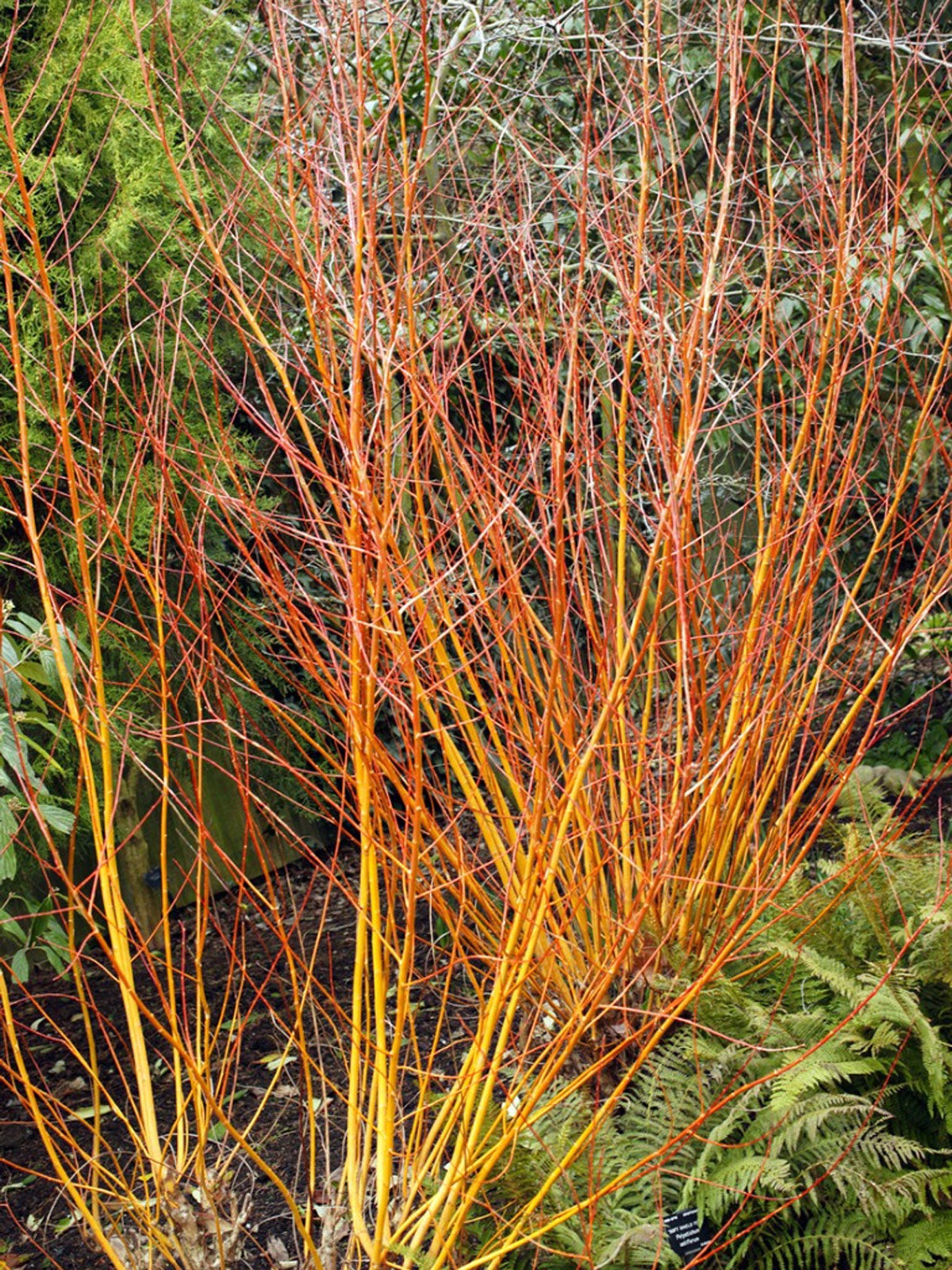

For winter interest and summer foliage, you can’t do better than coral bark willow shrubs (Salix alba subsp. vitellina 'Britzensis'). It’s an all-male golden willow subspecies noted for the vivid shades of its new stems. The shrub is extremely fast-growing and can turn into a coral bark willow tree within a couple of years.
If you are wondering how to grow a coral bark willow, then you’ve come to the right place.
About Coral Bark Willow Shrubs
Coral bark is a subspecies of golden willow and thrives in USDA plant hardiness zones 4 through 8. Coral bark willow shrubs produce new growth that is a brilliant red-orange color, making them valuable additions to the winter garden.
These are deciduous plants that lose their long, lance-shaped leaves in fall. First, the willows produce showy catkins, large and creamy yellow. Then, the green leaves turn yellow and fall.
How to Grow Coral Bark Willow
Wondering how to grow coral bark willow? If you live in an appropriate hardiness zone, these are easy shrubs to grow. Coral bark willow is not picky about growing conditions and thrives in average soil in full sun to part shade.
Willows, in general, have the ability to thrive in wet soil conditions and this is equally true of coral bark willow. If you prune them to grow as shrubs, you can group these plants in shrub borders or use them to make an effective privacy screen.
Unpruned, coral bark willow trees look lovely in informal gardens or along streams and ponds.
Gardening tips, videos, info and more delivered right to your inbox!
Sign up for the Gardening Know How newsletter today and receive a free copy of our e-book "How to Grow Delicious Tomatoes".
Coral Bark Willow Care
You’ll need to water this willow occasionally and the sunnier the planting site, the more regularly you’ll have to irrigate.
Pruning is not a required element of coral bark willow care. However, left to grow, the shrubs will become trees in just a few years. They can grow 8 feet (2 m.) in one year and top out some 70 feet (21.5 m.) tall and 40 feet (12 m.) across.
Perhaps the most ornamental feature of coral bark willow is the red stem effect of its new shoots. That’s why the plant is regularly grown as a multi-stemmed shrub. To accomplish this, simply prune back the branches each year in late winter to one inch (2.5 cm.) from the soil.

Teo Spengler is a master gardener and a docent at the San Francisco Botanical Garden, where she hosts public tours. She has studied horticulture and written about nature, trees, plants, and gardening for more than two decades. Her extended family includes some 30 houseplants and hundreds of outdoor plants, including 250 trees, which are her main passion. Spengler currently splits her life between San Francisco and the French Basque Country, though she was raised in Alaska, giving her experience of gardening in a range of climates.
-
 Looking For Plants To Give You The Soft And Fuzzies? Try These 5 Fuzzy Leaf Plant Options
Looking For Plants To Give You The Soft And Fuzzies? Try These 5 Fuzzy Leaf Plant OptionsLovers of texture, drama, silver foliage and tactile plants will adore these special sensory garden additions. These fuzzy leaf plant options will leave you all aglow
By Susan Albert
-
 Get Ready For A Summer Of Hummers! Grow These Full Sun Hummingbird Plants and Flowers
Get Ready For A Summer Of Hummers! Grow These Full Sun Hummingbird Plants and FlowersIf you’re lucky enough to enjoy a sunny backyard, make sure you are maxing out on your pollinator opportunities and grow these full sun hummingbird plants and flowers
By Tonya Barnett
-
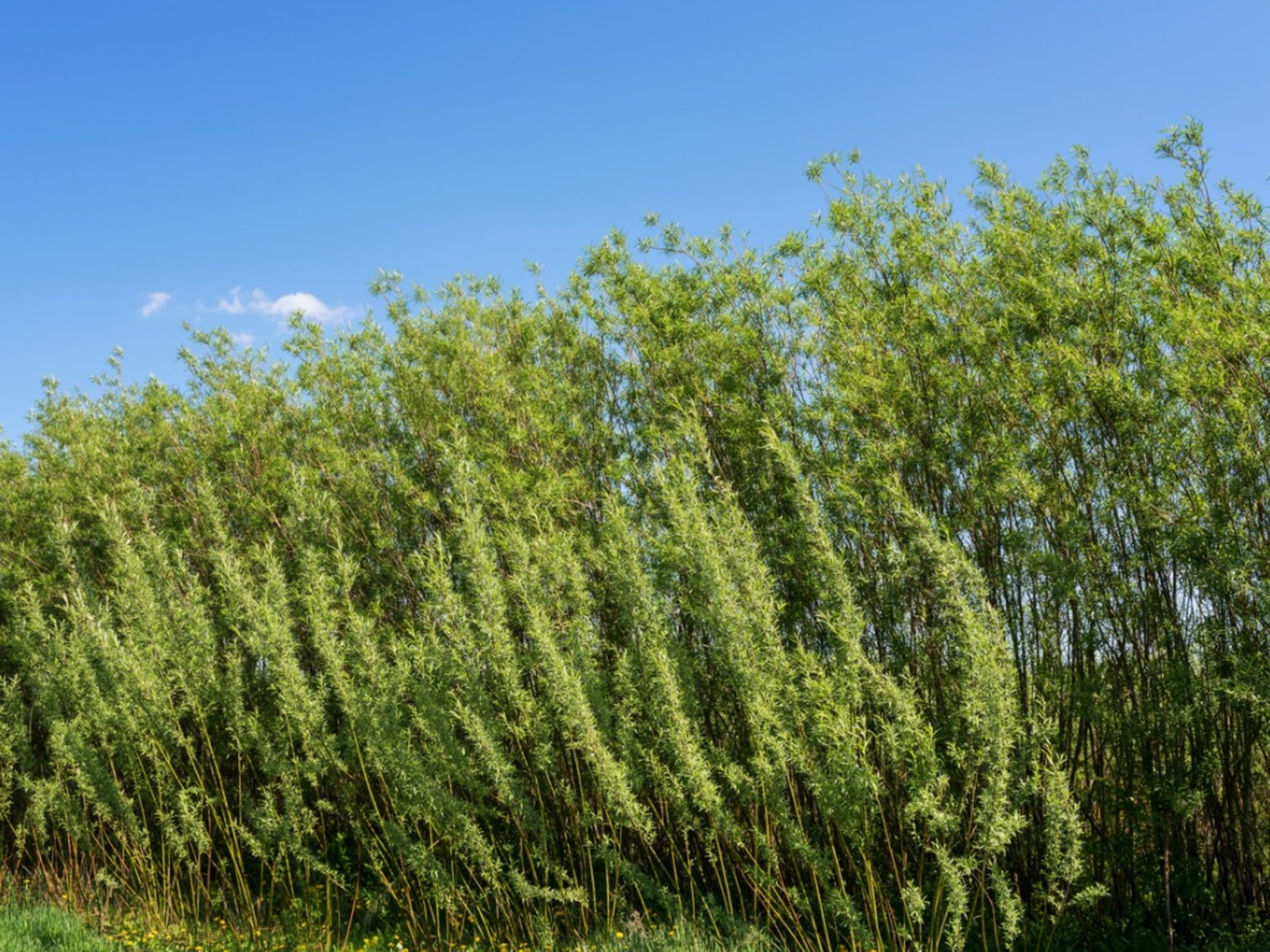 Living Willow Fence Ideas - Tips For Growing A Living Willow Fence
Living Willow Fence Ideas - Tips For Growing A Living Willow FenceCreating a living willow fence is an easy, inexpensive way to screen a view or divide garden areas. Read on to learn more.
By Susan Albert
-
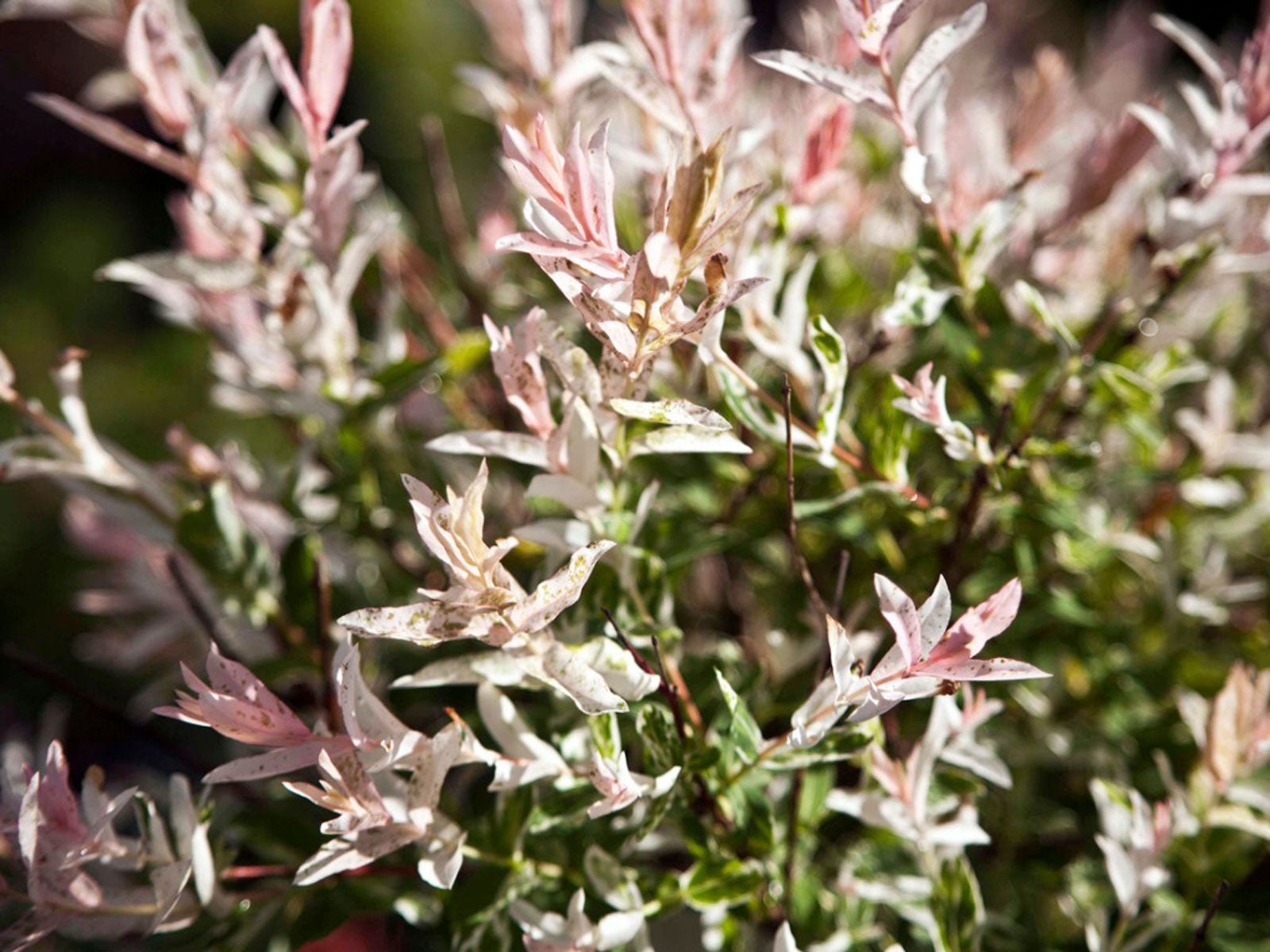 What’s Wrong With My Dappled Willow: Common Dappled Willow Problems
What’s Wrong With My Dappled Willow: Common Dappled Willow ProblemsDappled willow is one of the smaller members of the willow family. Although undemanding, it will occasionally see problems. Learn about them here.
By Teo Spengler
-
Peachleaf Willow Facts – Peachleaf Willow Identification And More
Few trees are easier to grow than native willows. Peachleaf willow trees are no exception. It’s not hard to identify peachleaf willows since they have leaves that look similar to the foliage of peach trees. Click here for peachleaf willow facts that describe this native tree.
By Teo Spengler
-
 Willow Varieties – Types Of Willow Trees To Grow In The Landscape
Willow Varieties – Types Of Willow Trees To Grow In The LandscapeIf you are curious about which willow varieties might work well in your yard or garden, you’ll need to start by figuring out how much room you have and what growing conditions you can offer. Click here for an overview of popular varieties of willows.
By Teo Spengler
-
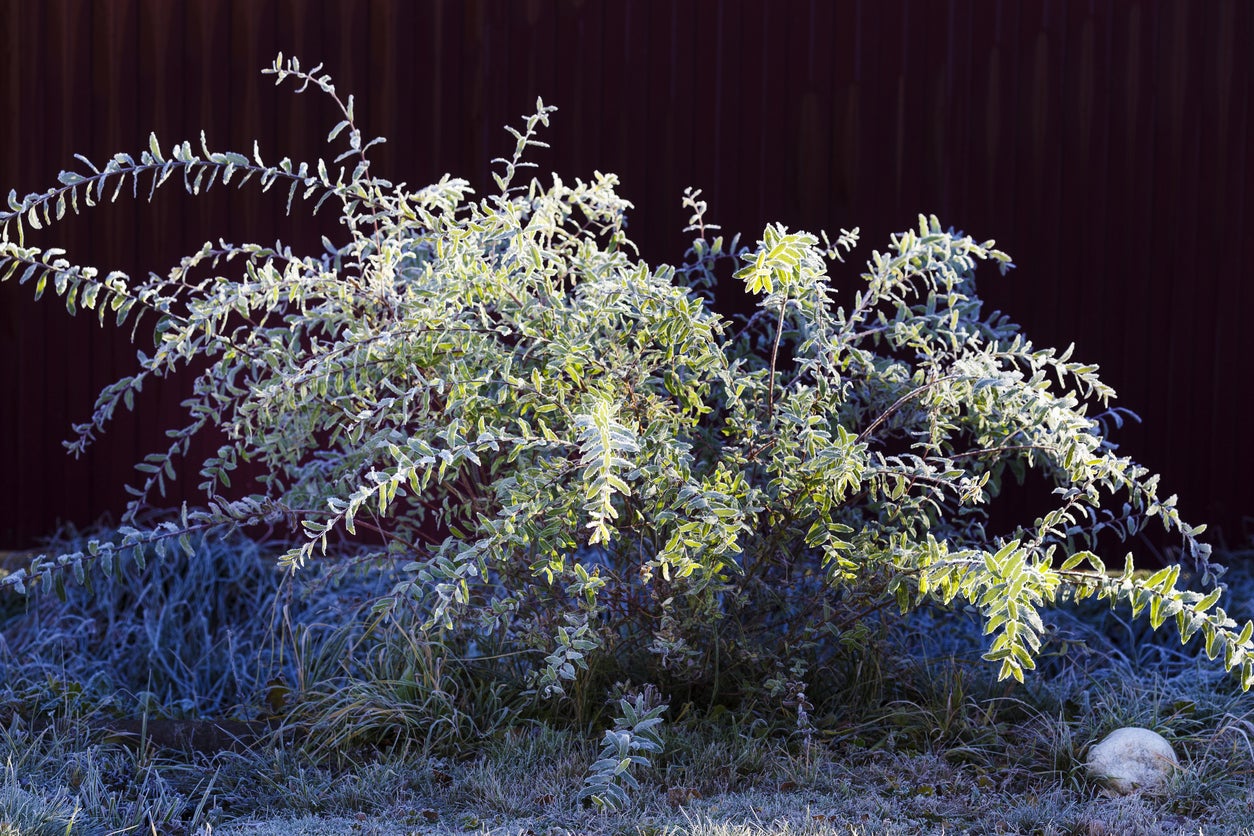 Pruning A Dappled Willow – How To Prune Dappled Willow Shrubs
Pruning A Dappled Willow – How To Prune Dappled Willow ShrubsThe dappled willow is a popular ornamental tree with a graceful weeping habit. Since this tree grows quickly, pruning a dappled willow is always an important part of the maintenance. Click here for information on dappled willow pruning.
By Teo Spengler
-
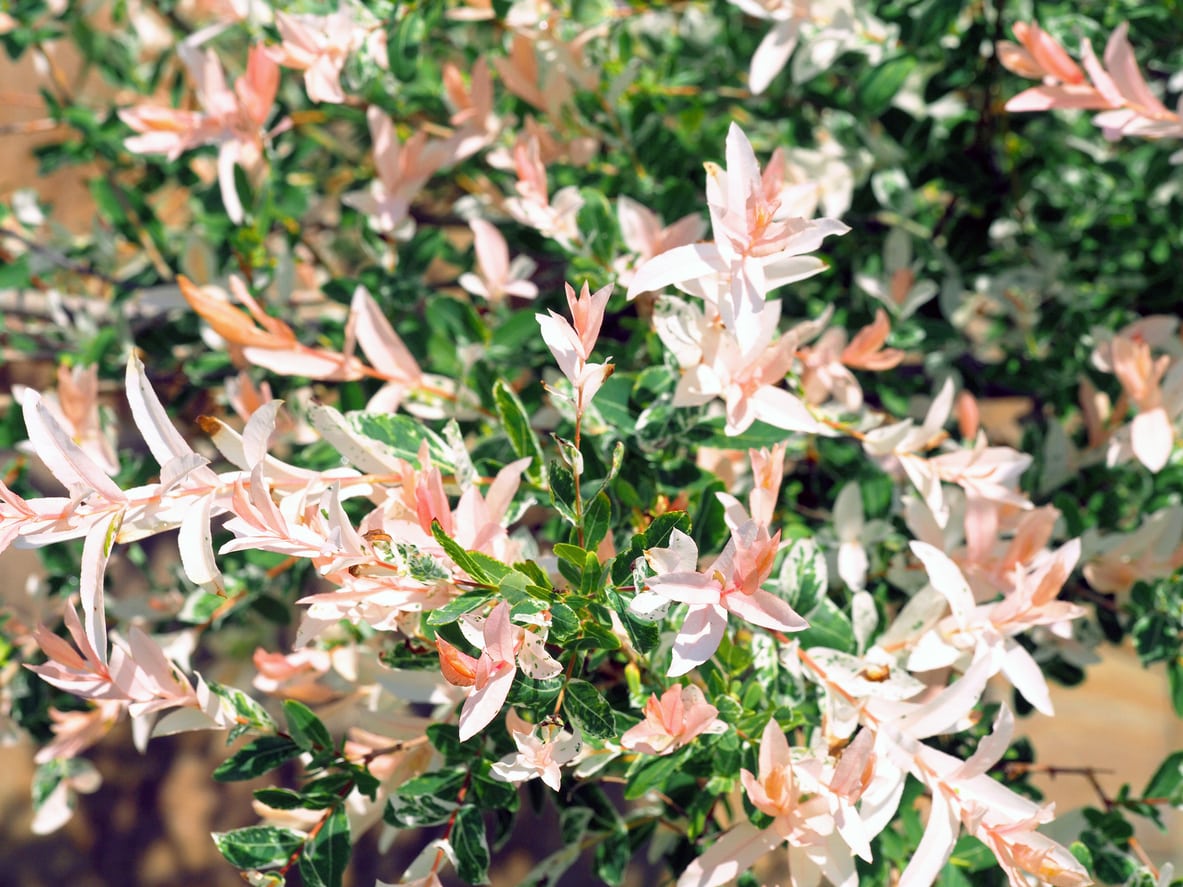 Japanese Willow Pruning – How To Cut Back A Japanese Willow Tree
Japanese Willow Pruning – How To Cut Back A Japanese Willow TreeLike most willows, Japanese willow trees grow extremely fast. Trimming Japanese willows is a chore you may have to do several times a year to keep the shape and size in check. Click this article to learn how to prune Japanese willows.
By Darcy Larum
-
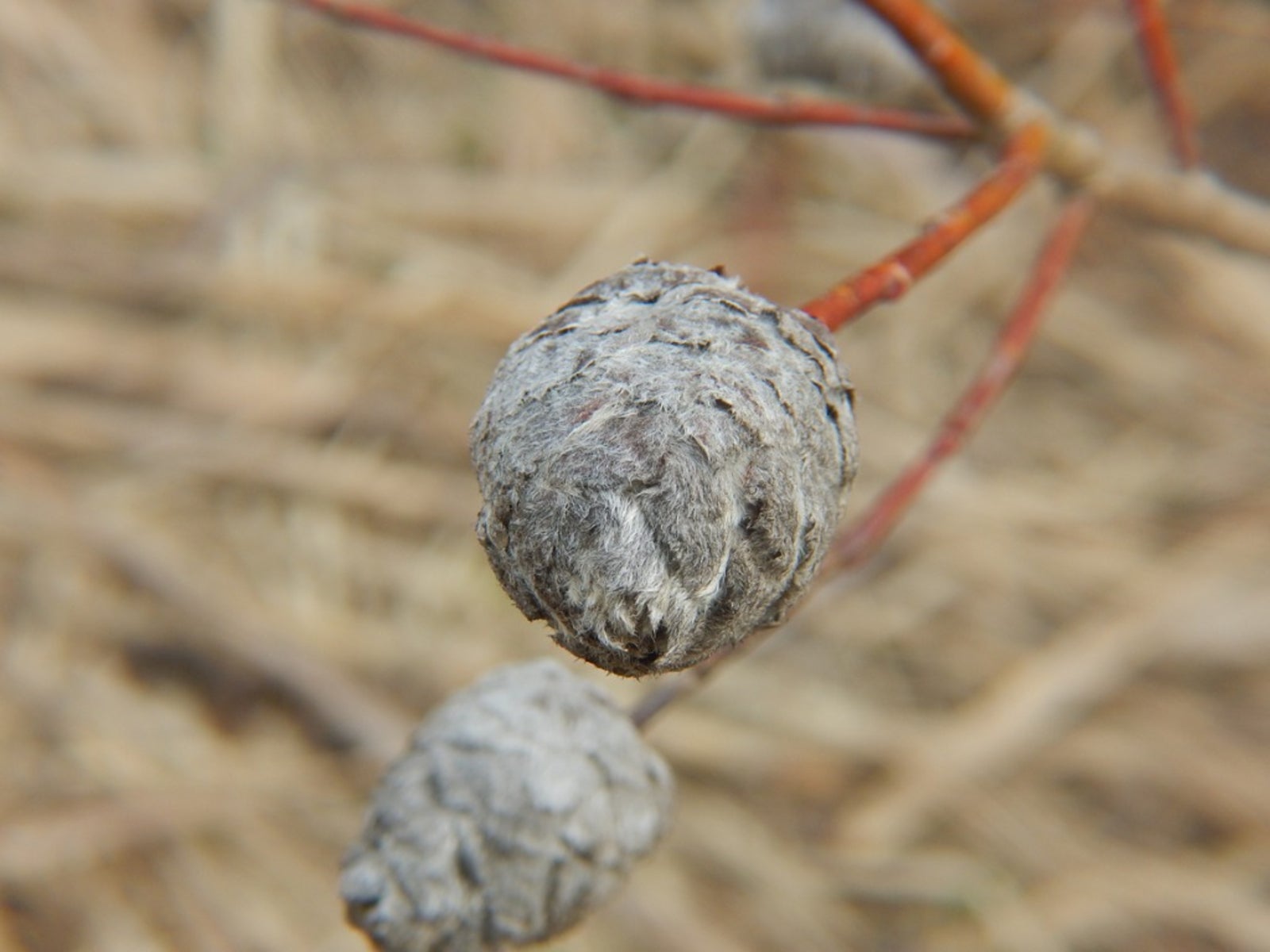 What Are Willow Galls: Learn About Galls On Willow Trees
What Are Willow Galls: Learn About Galls On Willow TreesWillow tree galls are unusual growths that appear on willow trees. You may see different varieties on leaves, shoots, and roots. The galls are caused by sawflies and other pests as well as bacteria and can look quite different depending on the pest causing them. Learn more here.
By Teo Spengler
-
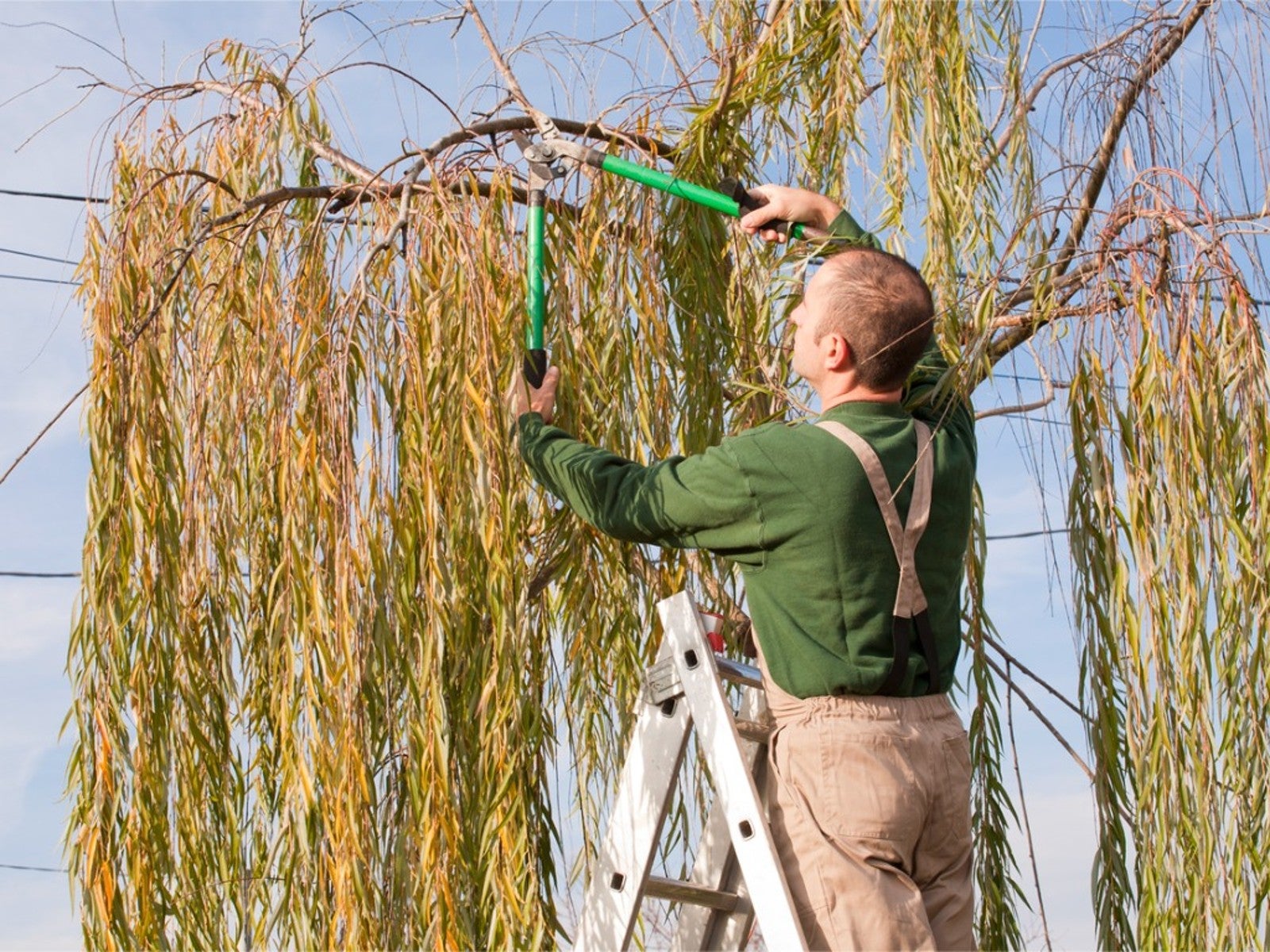 Weeping Willow Pruning: Should I Cut Back A Weeping Willow Tree
Weeping Willow Pruning: Should I Cut Back A Weeping Willow TreeNo tree is more graceful than the beautiful weeping willow with its long tresses swaying gracefully in a breeze. But that cascading foliage and the branches that support it need to be cut back from time to time. Learn about pruning the tree in this article.
By Teo Spengler